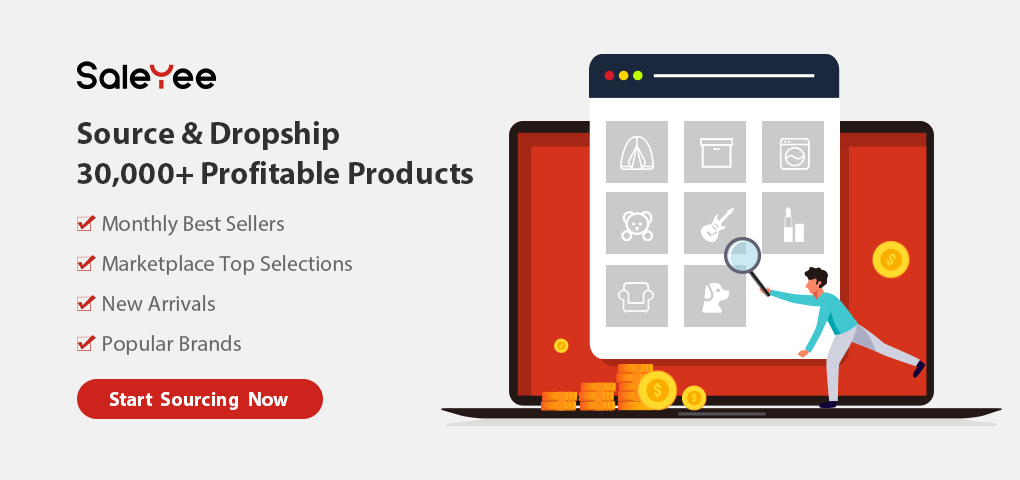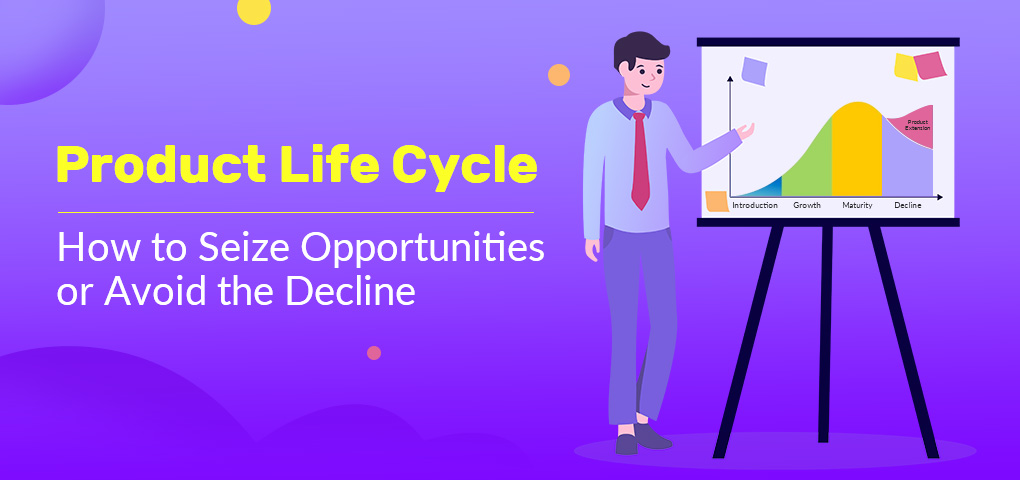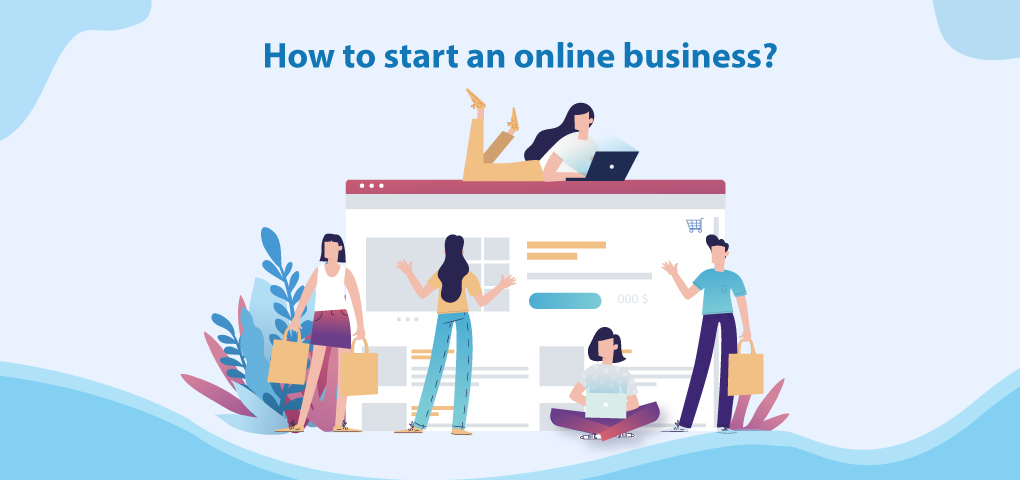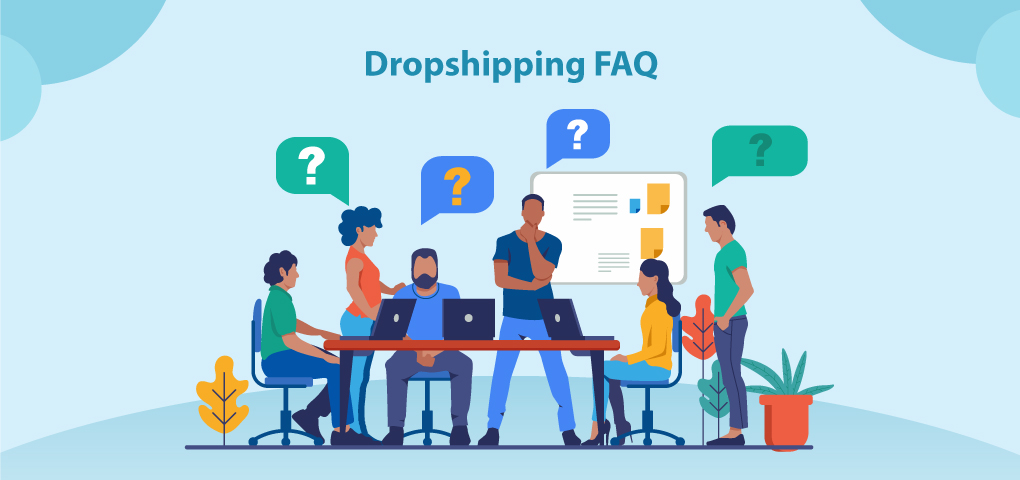The concept of the product life cycle has been in existence for centuries but only a few individuals seem to know about it. For everything created, there is a beginning and an end. The same could be said for products - they have an introduction stage and a decline or retirement stage. These stages as well as the intermediary stages all make up the product life cycle. In case this sounds unfamiliar, this article will introduce the four stages of the product life cycle and how you can make the best use of the product life cycle.
One of the major challenges faced by online retailers is the choice of dropshipping products. A lot of marketers usually record early setbacks due to the wrong selection of products to dropship. Truly, choosing a product for dropshipping can be difficult and overwhelming. However, learning the concept of the product life cycle can help you during your decision making. Through the product life cycle, you can learn which product is newly introduced, growing, at its peak, or in decline.
What Is Product Life Cycle?
The product life cycle simply refers to the process a product lasts from the time it is introduced to consumers (into the market) until it is removed from the market. The product life cycle definition also means the time-frame between a products' entry-level and its retirement or exit-level. Every product has a life cycle no matter how gigantic the manufacturer is.
Generally, the product life cycle stages are divided into four – introduction, growth, maturity, and decline. A product may stay longer in any of these stages due to several factors including competition, demand, penetration, and sales. However, not retiring or declining is inevitable.
4 Stages of Product Life Cycle
As stated earlier, there are four product life cycle stages - introduction, growth, maturity, and decline.
1. Introduction or developmental stage
In this stage, the product is brought into the market via advertising and marketing campaigns. Companies focus more on awareness and how the product can penetrate into the market. The cost of introducing the new product is very high while sales are usually low at this stage due to the expected low demand.
The goals of the introduction stage are to get a sense of how consumers react to the new product and to build demand for the product. Consumers' responses and reactions will determine how successful the product may be. Businesses hoping to cash in on its growing popularity will need to use effective marketing and advertising strategies. The introduction of phasing can be a setback for companies that do not plan – get ready to spend heavily without any guarantee that consumers will like the product.
2. Growth stage
If after introducing the new product into the market the product proves successful, then the growth stage has been initiated. At this stage, the product begins to draw the attention of consumers; thus, an increase in demand for the product. During the growth stage, consumers are already interested in the product due to its increasing popularity. As a result, many companies tend to increase production at the growth stage. As the product draws more attention, the market expands accordingly.
One thing to take note of during the growth stage is that competitors will become aware of the product too. If the competition for the product is very high, the company may reduce the price to stay competitive. Many companies even improve the features and functions of the product to stand out. Unlike the introduction stage, marketing in the growth stage is aimed at expanding the product reach and market share. The growth stage is characterized by a voluminous increase in sales and revenue.
3. Maturity stage
When a product reaches maturity, the demand levels stagnate as the price can get competitive. It is a profitable stage in that the company wouldn't invest much in marketing and production. The marketing effort at this stage would be to ward off competition. Howbeit, with minimal effort and investment, the company might still make notable sales. At this stage, the cost of marketing and production reduces due to a largely saturated market.
As saturation is reached, sales volume tends to slow or even drop. Due to the pressure from competitors, many companies may be sent packing while the resilient ones will often develop new or altered products to maintain their market share at each different market segments. The maturity stage may last a short time or a long time depending on the technique employed by the company.
4. Decline stage
After introducing a product, gaining market shares, fighting off the competition, and proven successful, the product begins to lose value in the eyes of consumers. And you know what's next? Product sales will drop drastically. At this stage, it is common for companies to attempt to keep the product in the maturity stage as long as possible but consumer behaviour and technological advancement become the determining factor.
Marketing efforts will be geared towards price reduction and maintaining loyal customers. Once the product no longer depicts value in the eyes of the consumers, then demand may reduce and market share begins to deteriorate. There is no helping a product from retiring out of the market unless if it is able to reinvent itself. For a typical product life cycle example, who uses a typewriter nowadays? No matter the price of a typewriter would you buy it? No! Typewriters have been long substituted with computers and are now almost if not completely retired.
How to Make the Best Use of Product Life Cycle?
This concept of the product life cycle is used by online retailers in deciding when it is appropriate to reduce prices, increase advertising, reduce prices, and identify new opportunities. The process ensures that an online retailer strategizes ways to continually maintaining a product in the maturity stage and avoiding a decline for a longer period.
You can make the best use of the product life cycle by:
1. Examining the product's life cycle;
2. Creating effective marketing and advertising strategies to sustain their product's longevity in the market;
3. Tweaking the product to suit market demand;
4. Improving the features and functions of the product via technology.
Ultimate Tip: Use SaleYee's Market Research to Benefit from a Product Life Cycle
In addition to Platform Top Sellers, Monthly Best Sellers, Popular Brands, SaleYee.com also provides weekly recommendations of the latest trending products and in-depth market analysis reports based on big data research on SaleYee Blog for you to easily enter a certain dropshipping niche! It will save you a lot of time and tremendous efforts to dropship top-selling products and make money.
Call to Action
By now you should be familiar with the concept of the product life cycle. The concept of the life cycle of a product can go a long way in your dropshipping business. You can use it to make critical business decisions, including pricing, marketing, promotion, expansion, or cost-reduction. Now that you know and understand the product life cycle, it is high time to put it to work.




